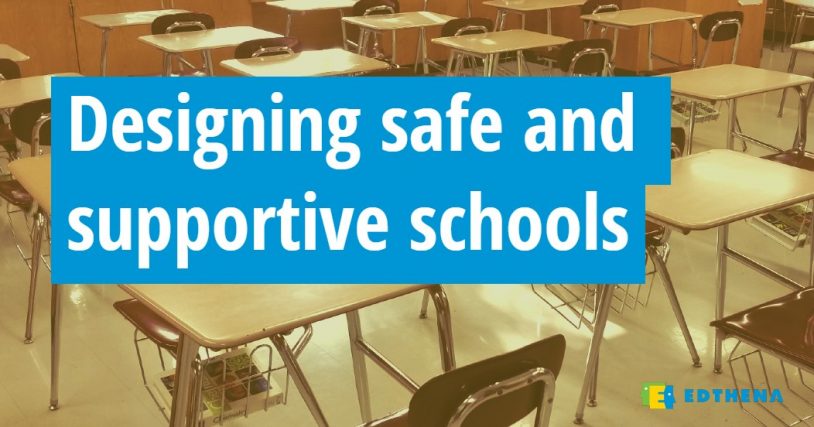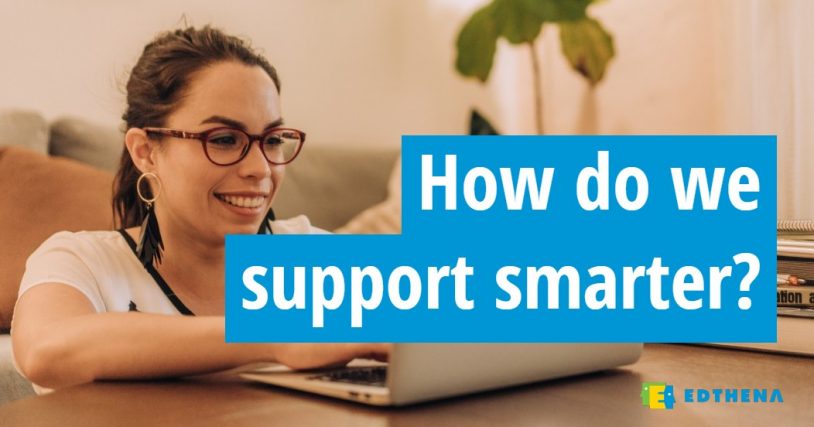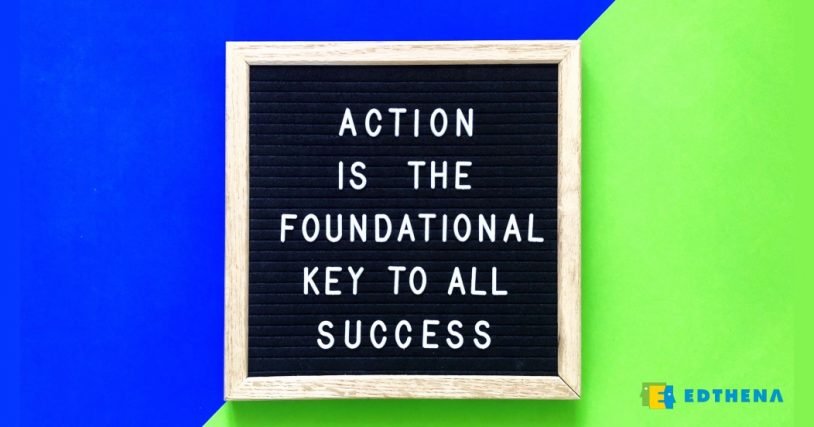Feeding Forward with Video for Teacher Professional Learning
This is a guest post authored by Amy Tepper and Patrick Flynn. Authors of Learner-Focused Feedback and Feedback to Feed Forward, Amy and Patrick draw on their own experience as classroom teachers and school district leaders. More info on their work and free resources can be found at Tepper and Flynn.
We had to reimagine just about everything in education as our schools closed. Consequently, leaving teams searching for ways to identify and support learners’ and teachers’ needs on this uncertain journey. 
Teaching practices that have proven effective in our brick-and-mortar classrooms are now more critical to student success. This applies especially for building self-regulation and ownership, formatively assessing learning, and providing feedback–particularly with the removal of grades in many states.
The same can be said of the methods of supporting teachers–particularly with the removal of evaluation requirements in many states. We should still “visit” classrooms. Engaging in collegial conversations, maximizing opportunities to build on strengths, and promoting growth through feedback ensures equitable student learning for all.
Design a safe school for students that supports teachers too

As we envision schools reopening, building leaders will be faced with unprecedented changes and forced to prioritize their roles as school managers and stakeholder supporters–two of our three identified categories of school leadership (Tepper & Flynn, 2019). This will be true in the first month, and certainly if they must suddenly close or change direction at any point.
Administrators will address plans and manage operational logistics. Reimagining the use of facilities, shifting roles of staff, adapting schedules, and modifying arrival and dismissal protocols along with hallway transitions will be considered. While taking on new roles in overseeing the execution of public health requirements, they will also need to communicate with all stakeholders frequently.
With all of this on their plate, they will continue to find time to serve as instructional leaders. This will require efficient and effective ways to support their teachers. Schools and districts must also create systems and structures that will allow coaches, peers, department chairs, and teams to support each other.
Find ways to “support smarter,” wherever teachers work

Traditional methods of support–classroom visits, hallway chats, and engaging with learners as they learn–are all techniques for gathering data about student learning. We must adapt these methods to suit remote teaching environments. Establishing information to identify needs and strengths will lead to collaborating with teachers regarding their impact on engagement and learning.
Now more than ever we must look to video observation and analysis as a tool to enhance the quality and impact of teacher professional learning.
Video-based observation and coaching have been in existence for years. However, challenges prevented teams from maximizing its use. When schools closed, the needs of learners were immediately identified, and suddenly, teachers everywhere were modeling, thinking aloud, screencasting, and recording group meetings. Therefore, a vast digital collection was created that supports their own learning! (Even audio recordings can be included in this digital collection). For some teachers, comfort levels have increased tenfold. Students are also creating video products to show thinking and understanding. As a result, we now have hundreds of hours on video which can become a powerful tool in learning for all.
A wealth of resources at your fingertips. If teachers share their work, the ability to effectively support teaching and provide personalized professional learning grows exponentially. This is because teachers can:
- build portfolios and track their own growth all year,
- choose to share with just one person for 1:1 support and reflection,
- share and analyze lessons with their teams,
- provide or receive tagged and timestamped feedback which can be aligned to goals or expectations, and
- be a part of the learning solution for all by contributing to a school library.
When schools build their own library organized by strategies or student outcomes (and Edthena reminds, they don’t have to be exemplars to become valuable tools!), they open the door for teacher-led EdCamp, anytime/anywhere learning, and teacher choice for their own growth and learning.
When integrating video-based observation with student artifact reviews along with reflective conversations, a powerful mechanism is created. It can be used to meet needs, build on strengths, strengthen “collaborative professionalism” (Hargreaves, 2018), and increase self- and collective efficacy.
Transform “video + teacher PD” from good idea into an action plan

From our perspective, video reflection always sounds like a good idea. Although, in order for it to be effective, you need to decide how to get started. Before teachers leave, over the summer, and into the new year:
- Collaboratively create a vision of professional learning clearly defining the role of the video to establish clarity and build trust.
- Ask teachers to volunteer to select and share 1-2 videos.
- Coaches and instructional leaders “visit” recorded classrooms and request permission for use from teachers.
- Ask teachers to do a “classroom tour” focused on how they are impacting learners and how they
- Organize their lessons and resources for clarity.
- How they create a community and encourage risk-taking, discourse, and collaboration.
- Ask teachers to create short videos for the first month of school with suggestions for supporting SEL, using wellness checks, etc.
- Ask teachers to model or conduct think-alouds using new tech tools.
- Request teachers record video live lessons in classrooms when school is open.
As schools seek efficient and effective ways to celebrate and support teacher growth, they must consider video as a powerful tool. Regardless of the model, we can continue to cultivate a culture of learning as our environments shift. Everyone is a teacher and everyone is a learner. Remember, learning never stops–even in the most challenging times.
Looking for more?
Resources for maximizing video within teacher professional development
- Leveraging Video for Learning
- Visibly Better
- Distanced Teaching? You Can Facilitate Virtual Coaching and Provide Targeted Feedback
- Kitchen Table Coaching training series
Examples of varied types of support using video
- Clarksville-Montgomery County, Tennessee: Mentors use video-based coaching for all new teachers as part of induction planning and support (contact district leaders for more info)
- Martin County, Florida: Coaches support teachers using video and see increased willingness on part of teachers
- Hartford County, Connecticut: Creating a video library of teaching practice to share across the district
Interested to keep learning from from Amy and Patrick? Check out their interview on PLtogether
